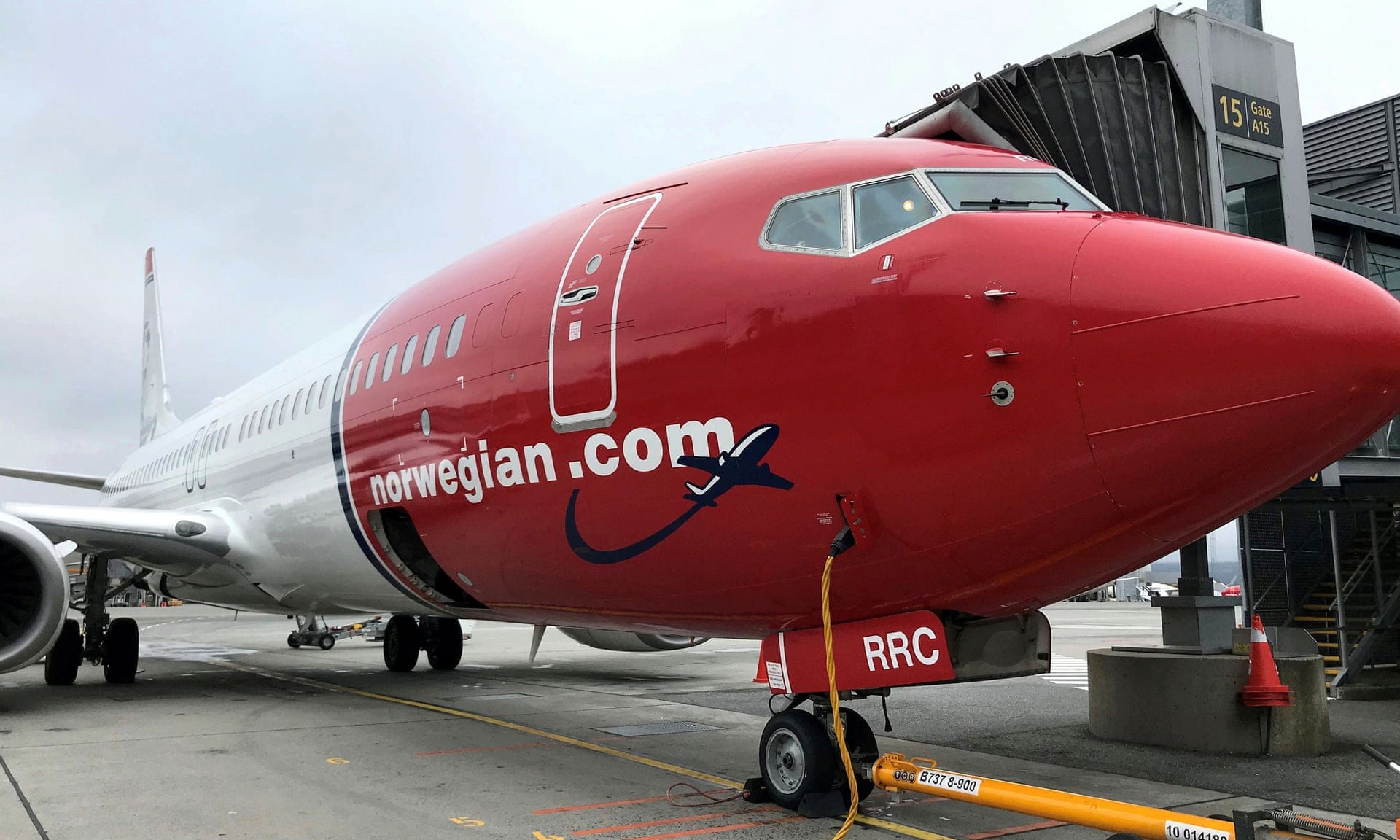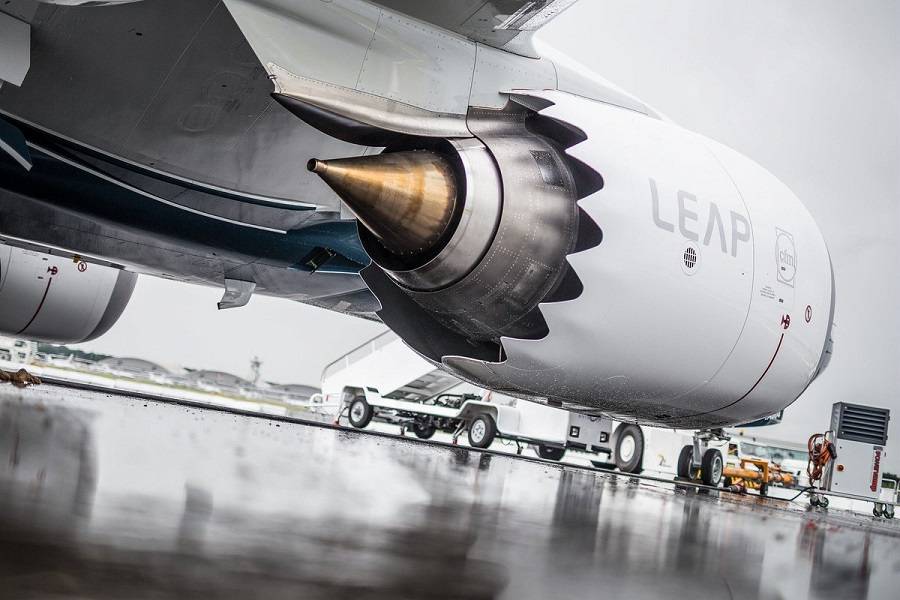The European Aviation Safety Authority (EASA) will likely issue its own recertification of the Boeing 737 MAX, to clear the aircraft for service in January. This comes after the FAA cleared the aircraft on the 18th of November. EASA’s statement came from the agency’s top official on Saturday.
Patrick Ky, EASA’s Executive Director stated during the Paris Air Forum:
“It is likely that in our case we will adopt the decisions allowing the (airplane) to return to service some time in January”.
It is normal for some time to be necessary, before one aviation authority issues an airworthiness certificate after the original issuing authority – in this case, the FAA – issues its own. This typically takes a few weeks. When the MAX got its original certificate, EASA issued its own about three weeks later.

But this time, things are different. In the past, the FAA would conduct the necessary tests for certification. Then, if everything was in order, they would award the aircraft its type certificate. Following that, the aircraft manufacturer and the FAA would forward their testing results to other authorities, like EASA.
Then these authorities would examine the FAA’s testing and results. If the results agreed with their own (EASA’s) requirements, they would accept them. The same process applies in the reverse, i.e. when EASA certifies an Airbus, and the FAA then certifies it in turn. Occasionally an aviation authority might require clarification or even re-testing of certain items. Typically though, the aircraft manufacturers ensure that their new products meet the requirements of all authorities.
How The MAX Changes EASA’s Approach
The way the MAX affair developed has damaged the FAA’s image. The United States Senate recently voted to reform the processes the FAA uses, to certify aircraft. This is to ensure that the authority has the processes and the resources it needs to make the checks it needs to make.

So now EASA will approve the MAX for service after it conducts its own testing, including test flights. And they already have and are evaluating their results. Boeing conducted test flights for the FAA, EASA and Canada’s aviation authority. Representatives from more authorities took part in these tests as well.
EASA’s Patrick Ky added:
“We wanted to carry out a totally independent analysis of the safety of this aircraft, so we performed our own checks and flight tests.
“All these studies tell us that the 737 MAX can return to service. We have started to put in place all the measures”.
It remains for us to see how other authorities will process the MAX alongside EASA. And of course this affair will affect the certification of future aircraft. The next Boeing aircraft to require type certification after the MAX, will be the 777X. EASA’s approach with it, and how the FAA might change until then, will show how this process will continue from now on.




3 comments
Spyros
I don’t think EASA has any interest in delaying certification of the MAX. They actually said IIRC early in October or even before, that they were happy to return the plane to service. They said this right after their own flight tests were completed, way before the FAA made any such statement. And with this recent statement, they are the first authority to give any kind of timeline for the plane’s return. That’s unlike Canadian, Brazilian and especially Chinese aviation authorities. EASA is simply dotting the ‘i’s and crossing the ‘t’s.
Andre T
Meant to say uncommanded incidents
Andre T
The EASA response and “changes” seems political. In response FAA should do the same to Airbus products holding up the cert further. Note Airbus has had I commanded and other software issues incidents. East’s record isn’t perfect as well in catching problems in flight control.